As you most likely know, I look into our little KOLIBRI.aero to become a sustainable airline. Beyond lip-services or greenwashing, the real deal. Based on the idea to use SynFuel, doing the maths in seriousness, I identified The Energy Dilemma!
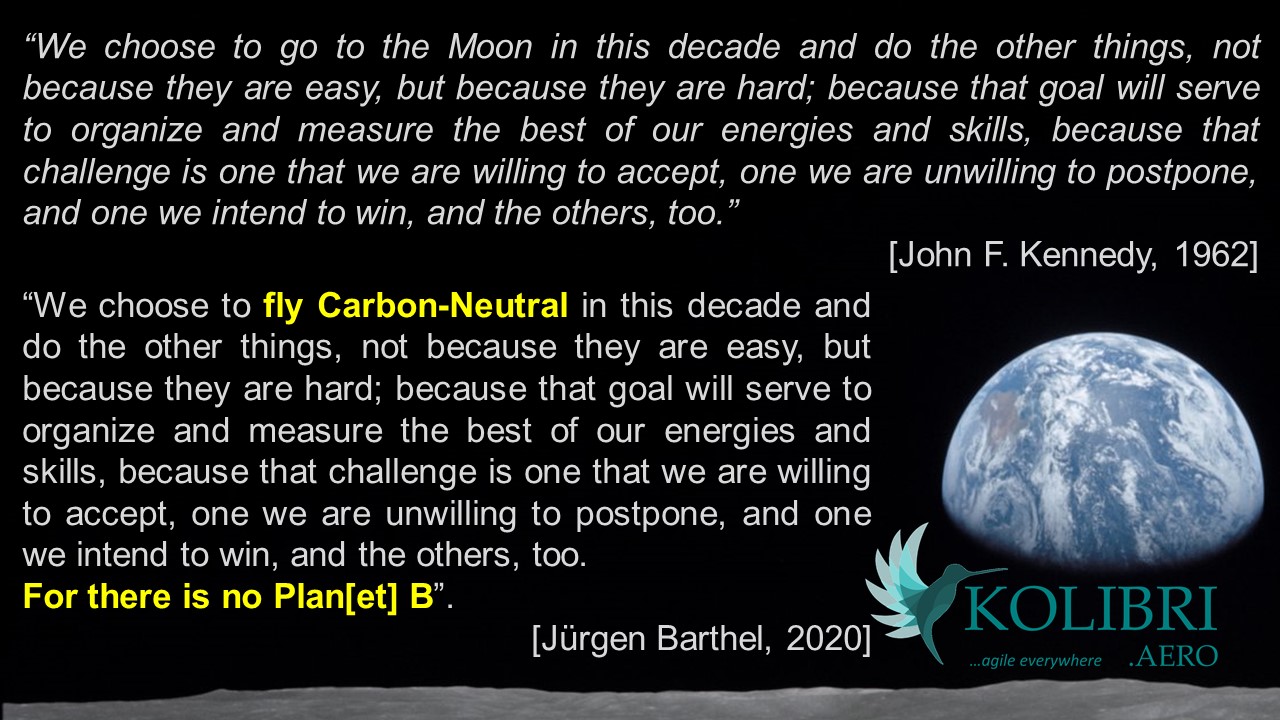
And this ain’t only about aviation, IT is currently having a higher energy demand than aviation, but in their case it contributes to global warming, where we look at how to make aviation sustainable.
The Energy Dilemma
 Having worked on the issue of SynFuel since 2019, all those experts have never bothered to mention the energy needed to create it. Reaching out, a Fraunhofer-contact referred me to an old 2015 statement by Sunfire (the German SynFuel-pioneers), qualifying the energy needed for 1 liter or Synfuel with 15.3 kWh. Okay… But if we talk about one basic airline base for Kolibri with seven aircraft, we talk about 40 million liters of kerosene to be replaced? 15.3 kWh x 40 000 000 liters of kerosene = 612 000 000 kWh = 612 000 MWh = 612 GWh. That is Gigawatt-hours.
Having worked on the issue of SynFuel since 2019, all those experts have never bothered to mention the energy needed to create it. Reaching out, a Fraunhofer-contact referred me to an old 2015 statement by Sunfire (the German SynFuel-pioneers), qualifying the energy needed for 1 liter or Synfuel with 15.3 kWh. Okay… But if we talk about one basic airline base for Kolibri with seven aircraft, we talk about 40 million liters of kerosene to be replaced? 15.3 kWh x 40 000 000 liters of kerosene = 612 000 000 kWh = 612 000 MWh = 612 GWh. That is Gigawatt-hours.
Now in 2016, the entire country of Albania used 7 000 GWh/a (annual). 612 GWh/a reflects such 8.5% of the Albanian energy. Or 28% of that of Malta (should we want to do a base there). And increasing. And that’d be only us.
I already learned that the datacenters in Frankfurt use 20% of the energy in the entire city, a staggering 1.3 TWh/a, that is 1 300 GWh/a. Double of what we need for a base. Currently more than the Frankfurt Airport uses. But beyond the data centers, all the new IT requires more electric energy, be it TVs, smartphones, laptops, tablets, you name it.
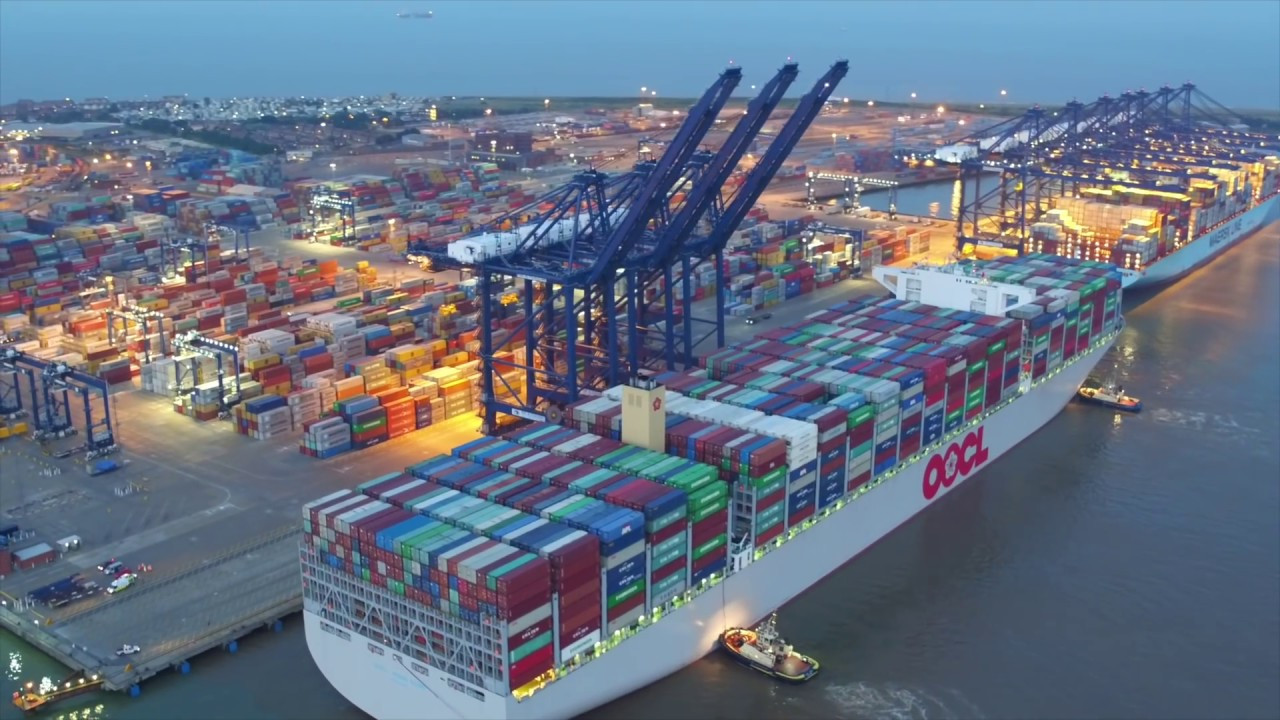 Now thinking on SynFuel, I also got referred to cargo and cruise ships. If you want to create enough SynFuel (or hydrogen, or …) for those, we likely talk about multiple the electric capacity needed to supply them with fuel.
Now thinking on SynFuel, I also got referred to cargo and cruise ships. If you want to create enough SynFuel (or hydrogen, or …) for those, we likely talk about multiple the electric capacity needed to supply them with fuel.
For the large harbors, don’t bother about the energy hunger of data centers… They have other problems.
How to Get Your Energy
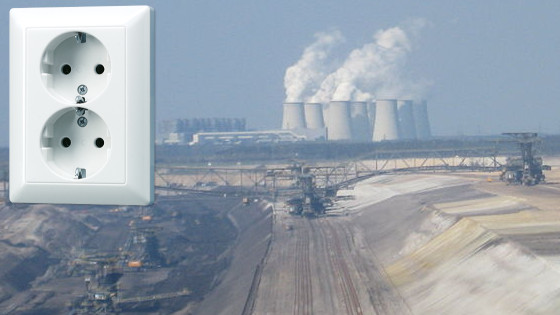 Now there are two options.
Now there are two options.
- Either you take your energy off the grid. Not bothering about sustainability except by making your contracts demanding green energy. But that is greenwashing. In Germany, we have a joke dating back to the 80’s (~30 years): What about Nuclear Power? I get my power from the plug.
Aside, it replaces one unreliable supplier to power our aircraft with another one. - Or you develop your own energy source. But that will require political support, setting up the solar parks, wind turbines (on- and off-shore), water-power-plants, etc.
Our idea has been (and still is) a local energy farming, avoiding long transport lines.
Green Energy Sources
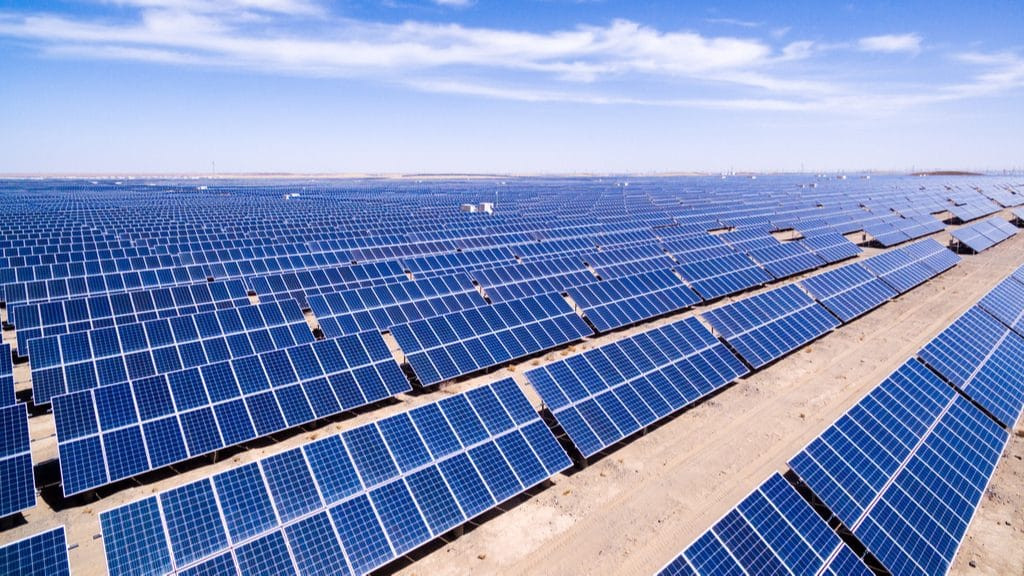 Solar / Photovoltaic
Solar / Photovoltaic
But given a typical modern solar panel, we talk about 200 kWh/a. To produce 600 GWh/a, that would require a solar farm of a staggering 3 million m² or fields the size of 3 000 x 1 000 meters. Given the hunger of sustainability on the one side and IT on the other, I doubt that is a viable option any more! Sure, every bit helps and putting solar on roofs to lower the overall demand is a good thing. But industrially, it’s a drop on a hot stone.
 Hydroelectric Power
Hydroelectric Power
water turbines require facilities having their own impact on the local ecology and are usually not available nearby airports. Whereas Albania’s largest water power facility has a capacity of 600 MW. Which is always misleading, it produces about 1 328 GWh/a. More than enough, but can we simply take away that power?
While the Colorado River hasn’t made it to the ocean in recent years, now the Great Salt Lake in Utah is drying up, with heavy ecological repercussions to the entire region. And Ethiopia and Egypt clash over a dam Ethiopia built, endangering the Nile’s fate to meet the Colorado River’s one. [Added 15Jul21]
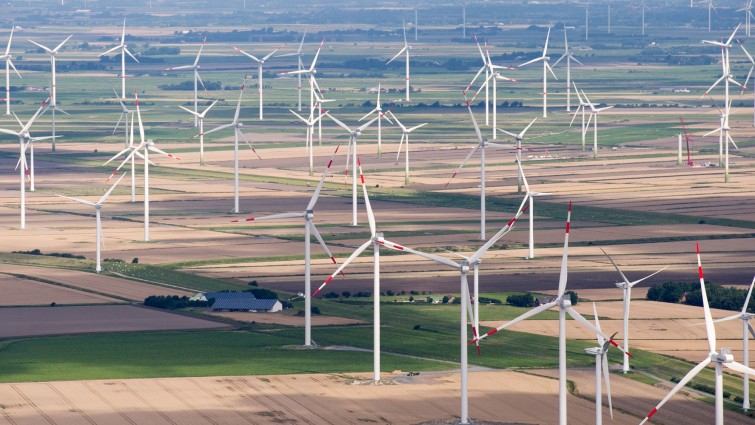 Wind Mills
Wind Mills
A 5 MW facility generates in reality approximately 10 million kWh/a or 2 GWh/a per MW (Source). Typical wind turbines today have a size of 3 MW. As such, to generate the needed 600 GWh, we would need approximately 300 wind turbines.
Now I keep falling back to my post about the butterfly effect.
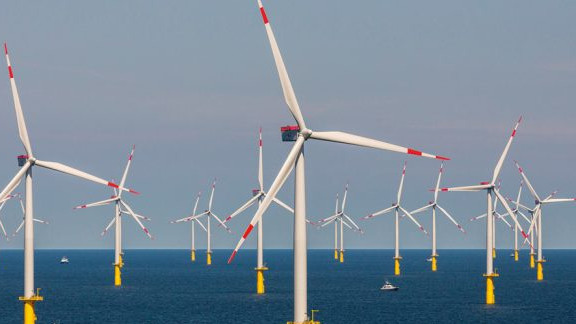 Offshore Wind Parks
Offshore Wind Parks
I had intentionally not looked at the on- vs. offshore installation of wind-turbines, as the advantages somewhat offset each other. While on-shore can be established in the vicinity of the where the power is being used, it comes with a lower power-generation (2 000 full-load hours). Off-shore comes with added cost for the foundation/set-up and for the transfer of the power to the shore/inland, but is more effective. Sources claim some 100% higher energy generation on comparable on-shore wind turbines.
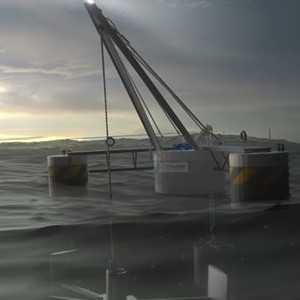 Water Turbines
Water Turbines
Posting this article, I got approached by CYKLONE Tidal Energy, a startup targeting water instead of wind turbines. With a strong business case for offshore use, alike offshore wind parks they come with the necessity to transfer the power to shore/inland. It will make far more sense to connect it to the public grid to power other needs than to use it exclusively for our needs.
That said, for me it is rather “natural” to add such water turbines inside the wind parks. It is “traffic restricted area” anyway!
Generally it makes most sense to connect that energy source to the public grid.
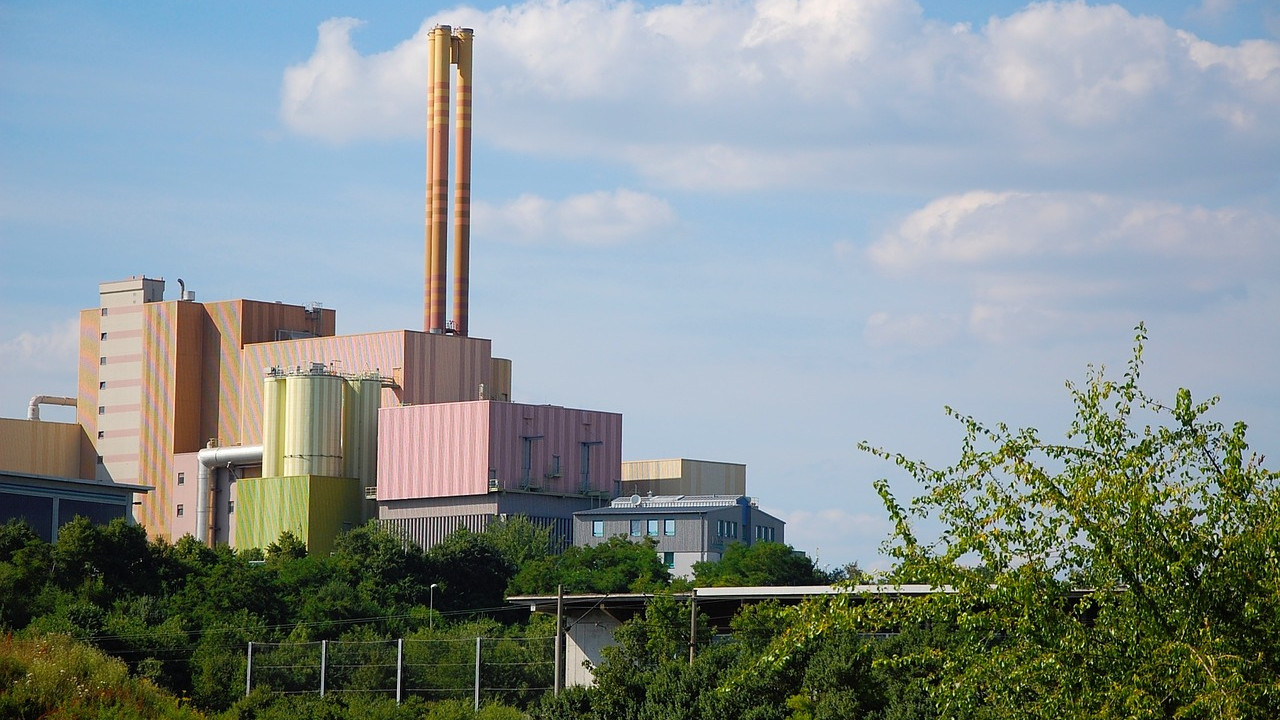 Waste to Energy
Waste to Energy
A typical (large) waste incineration plant (burning waste for energy) like in the city of Würzburg creates about 70 million kWh. So we would need about 9 of such plants just for the SynKerosene demands we have. Aside, they produce 60 million kWh of heat, with it’s own repercussions. I put that under wishful thinking for our use case. Aside that we’d have to research if we get the amounts of waste to burn…
Geothermal Energy
There are two types of geothermal energy uses that became common. The classic one is to dig deep, several kilometers into the planet’s crust. In that depth, the soil is like 150°C warmer than on the surface (the Earth core is molten). Water is injected, the hot water pumped back. That includes the new developments called enhanced geothermal system (EGS). Geothermal Energy has the risk to induce seismic activity (a.k.a. earth quakes), but geologists consider it a safe technology.
The new one is used a lot on new houses built is Near-Surface Geothermal Energy, though this has limited ability and is a more small-scale use case (as of now).
Other Green Energy Sources
Have I overseen anything? Those are the green energy sources that I am aware of. This is Food for Thought, sharing your ideas is welcome!
Reducing the Energy Demand
Another approach is to think about how to reduce the energy demand. A high amount of the energy is needed to refine the hydrogen from water (electrolysis). But it again would be greenwashing, if we’d simply ignore that part. So we must think about other sources. And there are two, we look at.
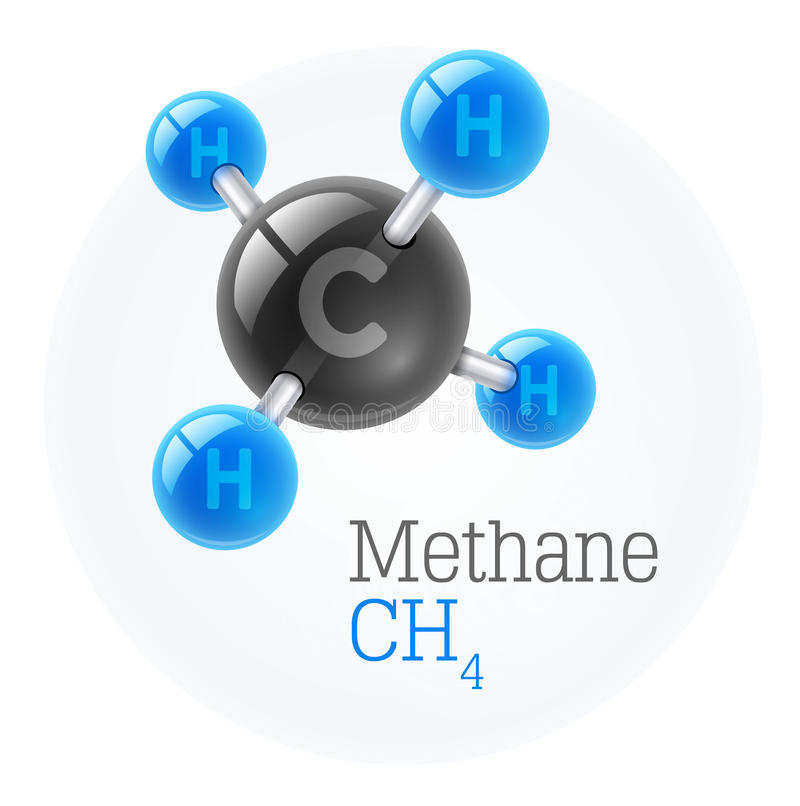 Methane
Methane
Methane (CH4) is a climate killer gas but contains the hydrogen we need to refine synfuel. Instead of using water, we could use Methane, and you could use residual heat (not electric energy) from other processes to power the process. Where you create hydrogen and carbon, using water (H2O) in the process, the carbon usually is oxidized to the CO2 needed for the synfuel. Though there’ve been startups coming with the idea to create industry diamonds. But aside the general concept and academic research, I have not been able yet to get figures with impact to creating the realistic business case. As this is Food for Though, it’s also work in progress. And I am happy to get any input on where to find hard numbers to quantify this for a sound business case.
Chemcycling
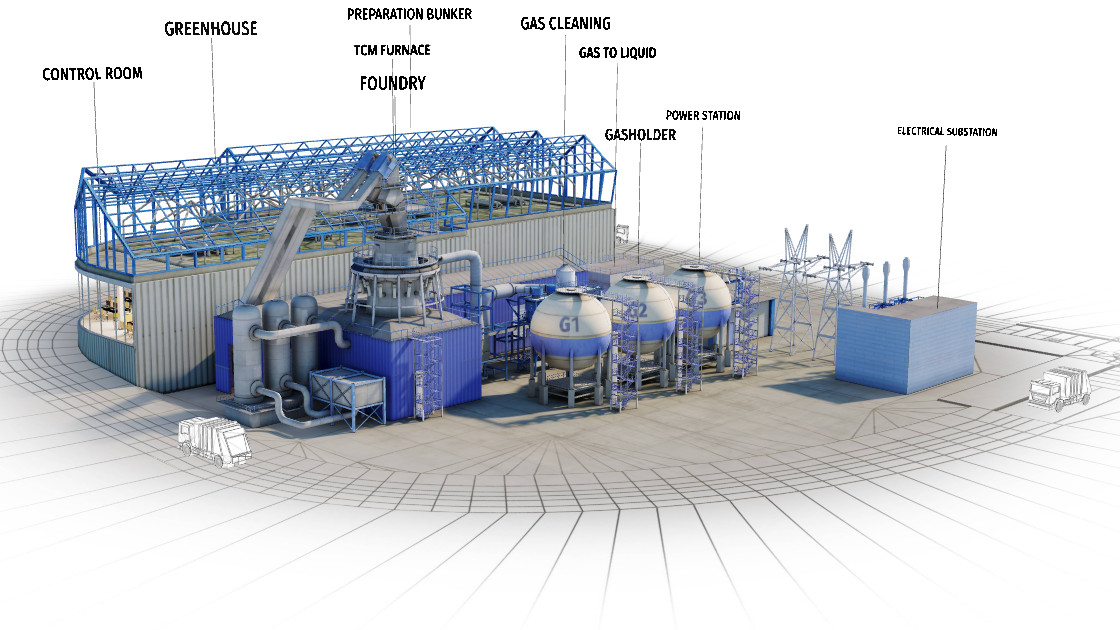
I use that word Chemcycling being now often used for the waste-to-hydrogen. In general this boils down to what this example video by World Economic Forum addresses.
The combined generation of energy (electricity!), heat, hydrogen from waste. While I also fail to have hard input to make the business case (yet), the developers of those solutions do emphasize that this is a cash cow. As a matter of fact, SynFuel is created as a “side product” in their overall vision, where for us it sure would be a primary.
I happen to also like the ROK Venture video, as it shows a side effect in the end, whereas distracting the attention from SynFuel to farming. With vertical farming being another issue I look at as a sustainability need to feed the increasing population… But as Michael Ende said in his Neverending Story: This is another story and shall be told another time.
Political Blinders
In a mail by the FfE (German Research Institute for the Energy Industry) on May 25th, 2021 I got the following feedback (translated from German):
Dynamis: www.ffe.de/dynamis (focus Germany)
XOS: www.ffe.de/xos bzw. extremos.ffe.de (Focus Europa)
With Dynamis, the energy need for all aircraft taking off and landing in Germany have been taken into account. In eXtremOS only the national aviation has been considered. The need for green fuels for Europe because of aviation such exceeds the defined [fuel] amounts defined in XOS. But for XOS those values were of secondary relevance, as we assumed an import of these fuels and the focus on the setup of the energy system has been inside Europe.
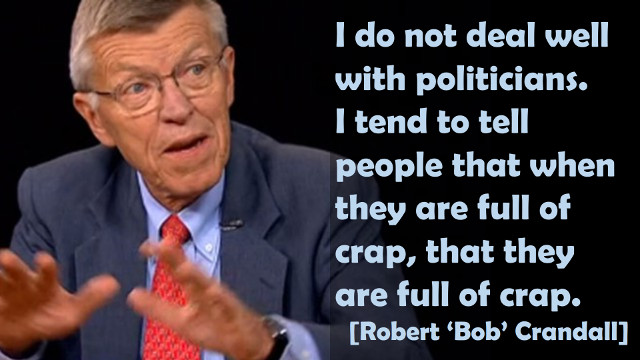 In my personal opinion, this is a prime example for ignorance, lip services and greenwashing!
In my personal opinion, this is a prime example for ignorance, lip services and greenwashing!
It confirms my understanding, that our political elite, but also our mighty researchers have no answer to respond to the energy needed to reach their mighty goals for 2035, not even for 2050. Else they would invest big scale into green energy. Not just wind or solar. All of it. And it’s why they compare climate-impact to 1990 instead of addressing real climate-neutrality.
The Need to Think Outside the Box
Given a demand of 100 GWh/a per airplane – and we plan >200 in 10 years, it became utterly clear to me, that there is not “the” solution. No easy one.

 Today I got referred to an undated article by PWC, on the cost of green hydrogen. My key takeaway from that was the paragraph headlined “The need to take action today”, though starting immediately with a mistake: “Countries need to start implementing” … No. Don’t wait for “countries” or governments. I’m sure you remember this von-der-Leyen Meme…
Today I got referred to an undated article by PWC, on the cost of green hydrogen. My key takeaway from that was the paragraph headlined “The need to take action today”, though starting immediately with a mistake: “Countries need to start implementing” … No. Don’t wait for “countries” or governments. I’m sure you remember this von-der-Leyen Meme…The Commitment Stands: Flying Carbon-Neutral This Decade

It will require thinking outside the box. We will need to look into “the grid” initially, but also into a mix of solar, wind, chemcycling, methane. One very clear target is the need to reduce the energy consumption to create SynFuels. I believe (IMHO) that ChemCycling is the most promising technology. But how big a facility would be needed to provide for hundreds of million liters of SynKerosene?
But I also stand to my other opinion: We got to get this started. And we won’t start if we wait for the dinosaurs and greenwashers. We got to get going with Kolibri and we need the real impact investors, politicians and their financial means (EIB, EBRD, etc.) to get going. No more lip-services and then claiming an improved sustainability for aircraft by 2035 on dreamworlds like liquid-hydrogen aircraft fleets (that won’t be there by the time), electric flying or other wishful thinking.
The RoadMap to a Carbon-Neutral Airline This Decade
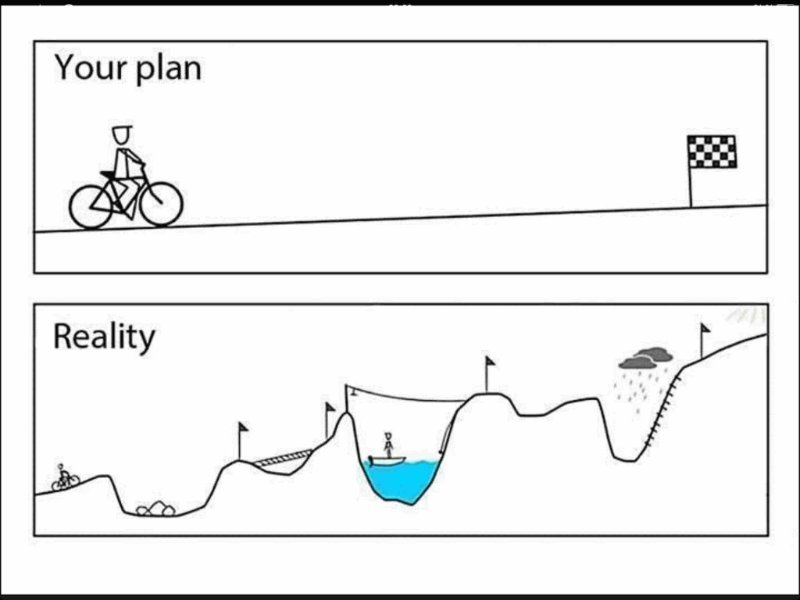
To turn an airline truly carbon-neutral, we have an idea on the journey. Starting with a smaller SynFuel facility as part of our initial startup to power not only emergency power (generators), but also ground transportation and use it as the needed buffer-technology for 24/7 electrical output, using our own smaller solar park.
In a second step, I assume we will secure the funding for the flight academy, where we will be able to provide the lower amount of SynFuel needed for the training aircraft and a small supply for the kerosene needed for the type-rating aircraft. Which can then be also used for the testing and certification of the operation with 100% unblended SynKerosene.
Should we not be able to finance our flight academy with the own envisioned airport, we would likely need to allocate an additional aircraft or one of the spare aircraft to the testing and certification.
Based on the experience from our first SynFuel-facilities, the certification and testing for the fleet aircraft, we will develop the SynKerosene facilities and secure the availability of grid-power for the remaining electricity-needs. Likely qualifying and making the business case for ChemCycle-facilities, mixed with solar and wind parks. And establish them.
From Blue and Gray to Green
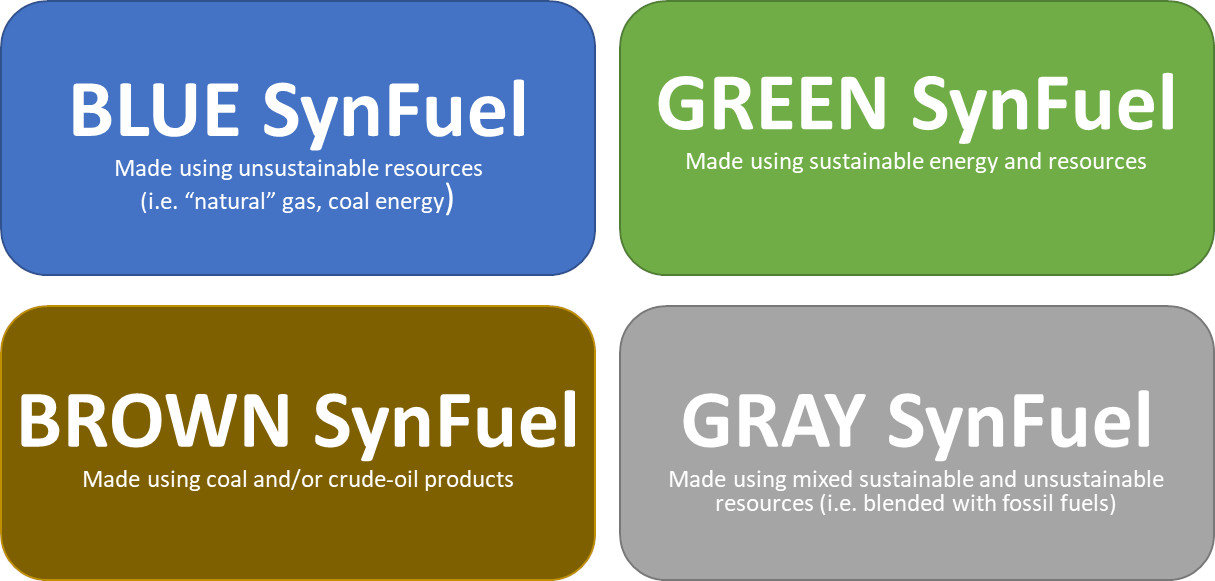
Digging into the Sustainability-Energy Challenge, it got now clear, that establishing the technology, the facilities for SynFuel more or less are a no-brainer. But the energy-challenge will require a two-staged process.
Step 1 being the SynFuel-facilities, using as much green energy as possible but complementing it with “dirty” energy. There is even a word for that, being “blue SynFuel” for the one from “dirty energy” or “green SynFuel” from renewable energy…
Step 2 will be the real challenge. To set up the facilities and (in- and external) sources for affordable green energy supporting our plans.
I do consider it interesting, that the input I get confirms that challenge, but the experts also tend to agree in the possibility and/or the commercial viability to also achieve that for Kolibri within the decade from program launch. And that sufficient public funding should be accessible to achieve that “green goal”. Not the least because such a program would allow the politicians to show-off…
Did I mention: Buffer Technology
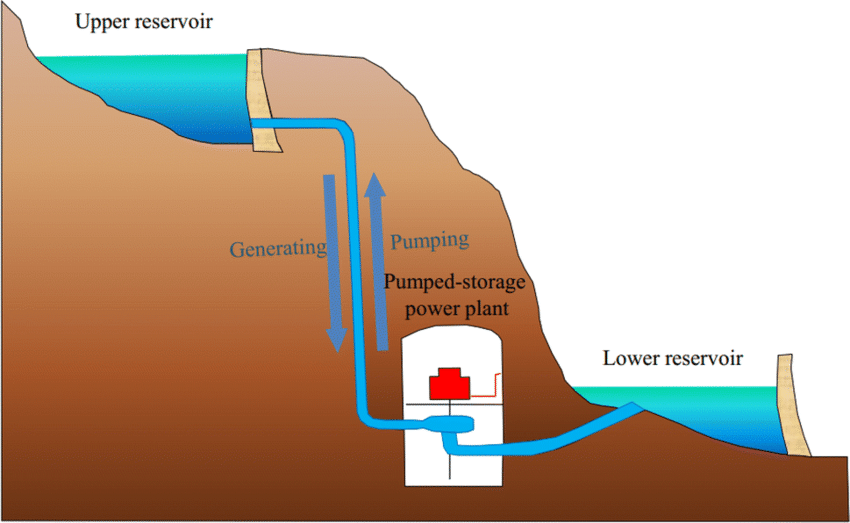
As a nice side-effect, SynFuel can be stored just like “conventional” (fossil) fuel. And it can be used to recreate energy. Ah, yes, I mentioned emergency power (generators). And as I got the objection often enough: Even a pumped storage hydro power station requires energy it looses by pumping the water up, that then floats back down powering the generators. But those are not available everywhere, but we have logistics and storage facilities that we use for conventional (fossil) fuels, don’t we? [Added 16Jul21]
Time Line
| 2021 | Funding Kolibri Launch (€60m) |  |
| 2022 | Kolibris taking flight Business case + Funding Flight Academy, Airport, SynFuel Facility |
|
| 2023/24 | Certification 100% unblended SynFuel for commercial use | |
| 2025 | Funding SynFuel Facilities + Green Power Facilities at first bases | |
| 2027 | Entire fleet SynFuel operated | |
| 2030 | All initial bases converted to Green SynFuel. [Added 31May] | |
This is sure an optimum case scenario. But given the engine-maker’s interest and support in the certification process it’s mainly having the SynFuel in the required quality and quantity for testing, an aircraft body dedicated to SynFuel-usage and the bureaucratic process. The bureaucracy can be time-consuming, but given our assumption to secure European political (and financial) support, an estimate of a year to establish the facilities and another for testing and certification are realistic.
Sustainable Aviation Kolibri-Style

So just to make this clear: Our plans touch all 17 of the United Nations Sustainable Development Goals. Not just by “creative interpretation” as most impact investments, but because we considered them something vital to our understanding of making better aviation.
Examples are our plans to instantly establish Synfuel-facilities, combined with photovoltaic at our HQ and possibly at the bases, to provide for necessary vehicles (airport handling, local transport), emergency power backup and also as an energy buffer for the photovoltaic power. We will also need power at nights, right? From which we gain experience to expand into SynKerosene.
But also that we establish our HQ in the European “poor house” Albania, offering hundreds of qualified jobs, training, etc. with decent salaries. Planning a female chief pilot as just one example on how we want to push gender equality. And far more, though those are details exceeding the scope of this article. Detail we share in a due diligence. But our commitment is not just to turn aviation carbon-neutral. Our commitment is about doing the right thing.
And the SynKerosene target: At 10 years into operation, we will need to convert to SynFuel from using 1 billion liters of fossil or blended “bio” kerosene. At 2 555 tons per million liters (source), we talk about 2.5 million tons CO2 savings per year and increasing.
Petawatt-hours
 Looking at airline fleets in Europe, I just received a non-public analysis made for our politicians, that the energy need to convert aviation to 100% syn-fuel would be counted no longer in Tera- but in Petawatt-hours. Being rhetorically asked, how that computes with the recent plans like the EU climate package “Fit for 55” (German main news Tagesschau in a comment questioning if moon rocket or flash bang), or the increased assumptions by German government for the energy expectations rising from 550 to 655 TWh/a. A 13% increase. That doesn’t get anywhere close to coverage of the replacement of fossil energies. More #lipservices and #greenwashing I’m afraid!
Looking at airline fleets in Europe, I just received a non-public analysis made for our politicians, that the energy need to convert aviation to 100% syn-fuel would be counted no longer in Tera- but in Petawatt-hours. Being rhetorically asked, how that computes with the recent plans like the EU climate package “Fit for 55” (German main news Tagesschau in a comment questioning if moon rocket or flash bang), or the increased assumptions by German government for the energy expectations rising from 550 to 655 TWh/a. A 13% increase. That doesn’t get anywhere close to coverage of the replacement of fossil energies. More #lipservices and #greenwashing I’m afraid!
And Markus summarized in his post the disastrous climate politics of chancellor candidate Armin Laschet, which is quite in line with the impact mighty Angela Merkel and her governing party CDU/CSU achieved in Germany. Reminder, the very party (and chancellor) that just extended the run-time of nuclear power plants when the Fukushima incident caused them an expensive “reconsideration” (for the tax-payer) and now we have no energy strategy at all in Germany. Nor in Europe. [Added 15Jul21]
Summary: We Need It All
 Given the sheer amount of energy needed to replace fossils (and Germany and other countries also want to shelf nuclear power), we need not just the one or other solution. We will need them all. Like SynFuel in aviation, electricity on trains, hydrogen on trucks. We need energy buffers and we need to also look beyond the creation to storage and logistics. But given the Kolibri business case, we do believe this is not just possible, but given some lighthouse projects to proof the cases, it’ll be very profitable.
Given the sheer amount of energy needed to replace fossils (and Germany and other countries also want to shelf nuclear power), we need not just the one or other solution. We will need them all. Like SynFuel in aviation, electricity on trains, hydrogen on trucks. We need energy buffers and we need to also look beyond the creation to storage and logistics. But given the Kolibri business case, we do believe this is not just possible, but given some lighthouse projects to proof the cases, it’ll be very profitable.
Call for (Real Impact) Investors
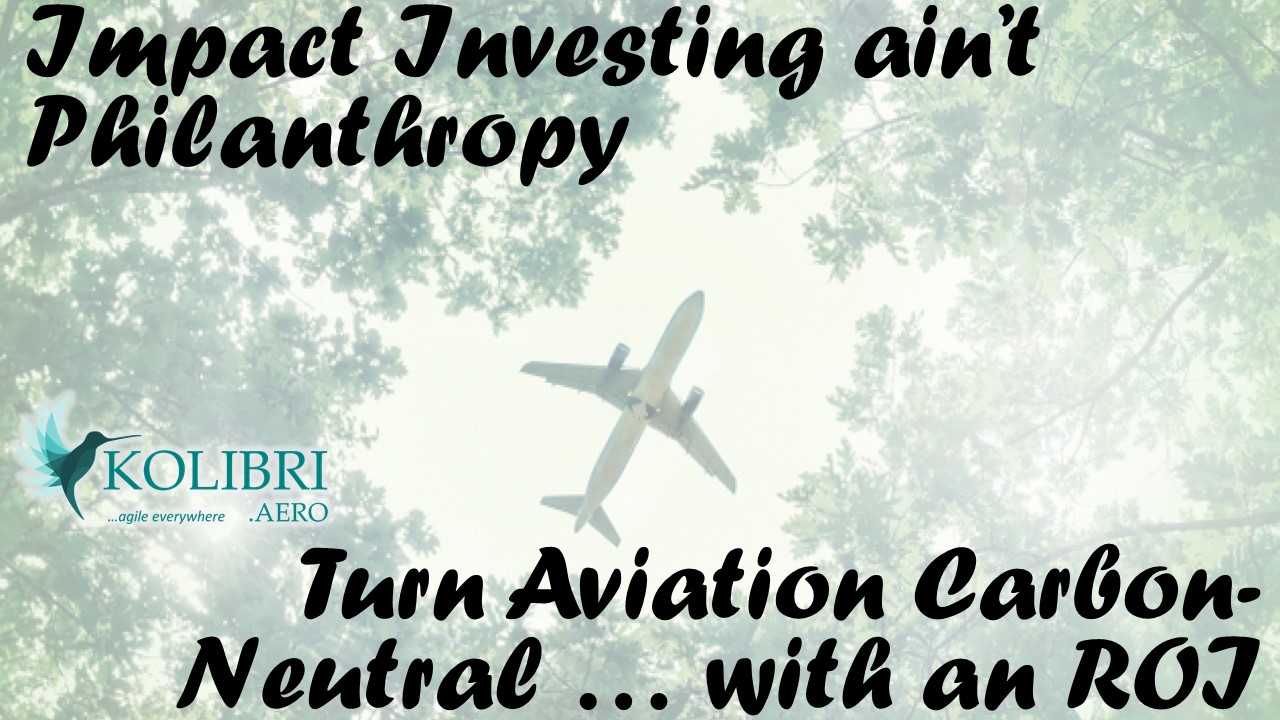 So my call is for impact investors and others who want to do a real change, to help us make the Kolibris fly. Investing now. No, it is no “quick and dirty”, but we are committed to the journey. Based on the initial launch, we understand and commit to the need to turn the fleet carbon-neutral. This decade. And to go green SynFuel as quickly as we can. But to even ideate this we will need the airline that we want to turn carbon-neutral. And given the input and disinterest in my industry, in aviation (Lufthansa just being a sorry example), in the investing into that need, we need a new breed of airline(s). One that embraces that need. As well as investors that understand that this will be disruptive, it will be the future.
So my call is for impact investors and others who want to do a real change, to help us make the Kolibris fly. Investing now. No, it is no “quick and dirty”, but we are committed to the journey. Based on the initial launch, we understand and commit to the need to turn the fleet carbon-neutral. This decade. And to go green SynFuel as quickly as we can. But to even ideate this we will need the airline that we want to turn carbon-neutral. And given the input and disinterest in my industry, in aviation (Lufthansa just being a sorry example), in the investing into that need, we need a new breed of airline(s). One that embraces that need. As well as investors that understand that this will be disruptive, it will be the future.
If you know investors or want to join in yourself on a profitable airline setup with sustainable commitment, please reach out to us.
Jürgen Barthel, Summer 2021
